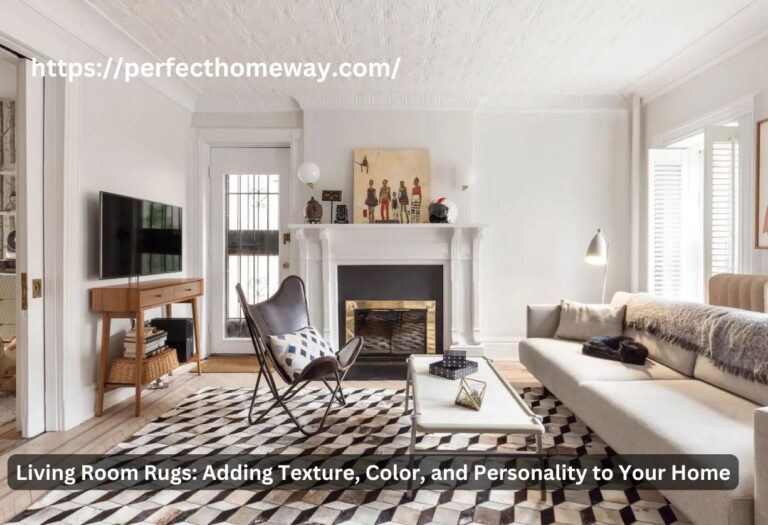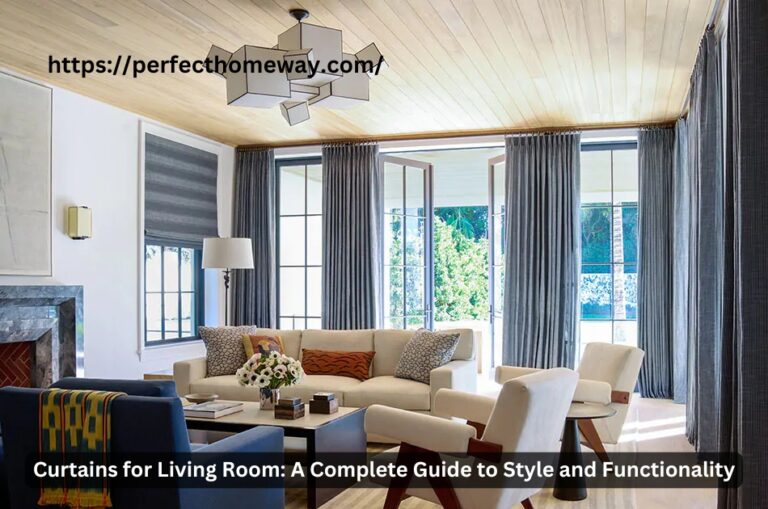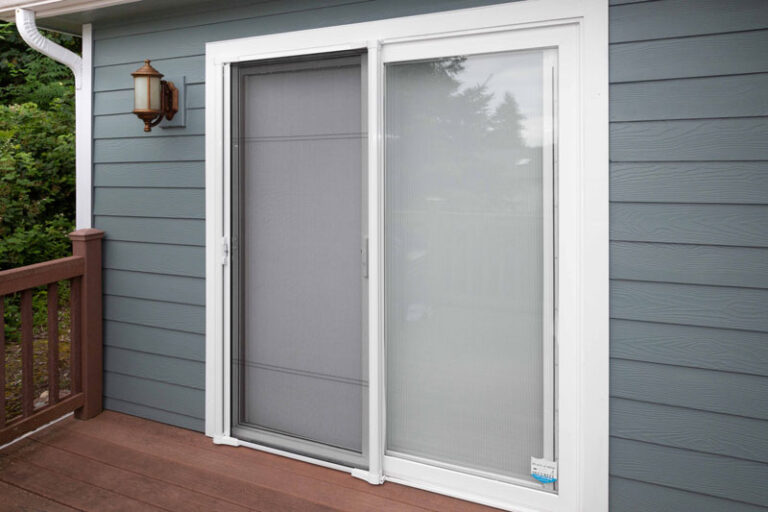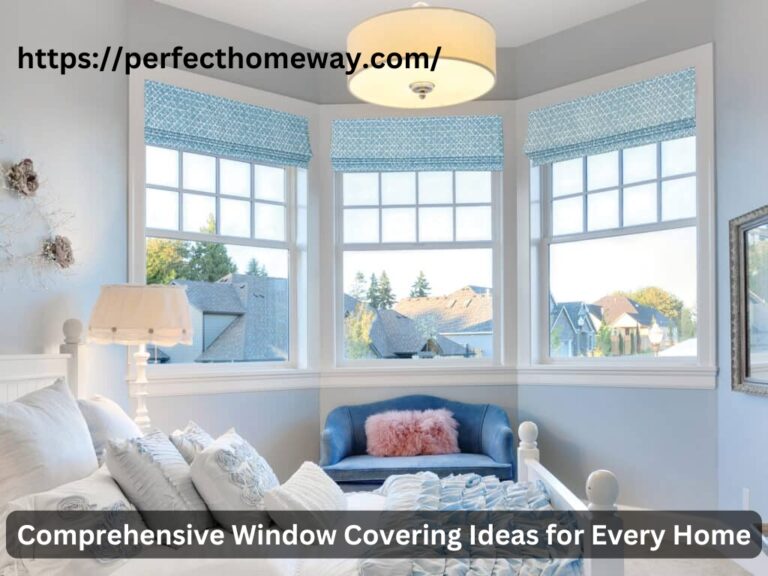The Charm and Functionality of the Dutch Door

The Dutch door is a classic architectural element that has stood the test of time. Combining aesthetic appeal with practical benefits, this unique door style continues to find its place in modern homes while preserving its historical roots. Whether used in a country cottage or a contemporary space, the Dutch door brings character and convenience into any setting.
History and Origin of the Dutch Door
The Dutch door dates back to the 17th century in the Netherlands, hence its name. Originally, it was designed for practicality. Farmers and homeowners wanted a way to allow fresh air and light into their homes while keeping animals out. The solution was to split the door horizontally, creating a top and bottom half that could operate independently. This design enabled the top to open for ventilation while the bottom remained closed for containment.
Dutch settlers brought this design to the United States, particularly in the Northeast, where it became a common feature in colonial homes and farmhouses. Over the centuries, the Dutch door has remained a symbol of rustic charm and intelligent design.
Design Features of a Dutch Door
A Dutch door is essentially a door divided horizontally into two parts. Each half can swing open independently or together as one solid door when latched. Typically, the top half has a window, and the bottom half is solid, although variations exist.
Key features include:
- Split Functionality: The hallmark feature that separates it from traditional doors.
- Latching System: The two halves can be latched together to function as a single door.
- Hinges and Handles: Additional hardware is required to allow independent movement of each half.
- Window Grids: Often seen in the top section, enhancing both light entry and style.
This unique design makes it more than just a door—it becomes a tool for home interaction and aesthetic enhancement.
Practical Uses of Dutch Doors in Modern Homes
While rooted in history, Dutch doors have adapted to modern needs and styles. They are now used in various parts of the home and serve multiple purposes:
1. Kitchens and Pantries
In homes where pets or small children are present, a Dutch door can keep them safely out of the kitchen while still allowing interaction and visibility. It also adds a farmhouse feel to your interior.
2. Nurseries and Playrooms
Parents often use Dutch doors in children’s rooms for safety. The bottom half can be kept shut while the top half allows adults to monitor children without fully opening the space.
3. Home Offices
Working from home has become more common. A Dutch door provides a semi-private workspace where communication is still possible without fully opening the door.
4. Exterior Entrances
A Dutch door at the front or back entrance of a home adds curb appeal and charm. It allows for fresh air and light while keeping pets inside and kids safe.
5. Laundry Rooms and Mudrooms
These utility areas benefit from Dutch doors, offering airflow and accessibility while keeping messes contained.
Materials and Styles for Every Home
The versatility of the Dutch door is enhanced by the wide range of materials and styles available. You can choose a look that suits your home—whether it’s traditional, rustic, or sleek and modern.
Wood
Wood is the most classic and widely used material for Dutch doors. It adds warmth and character and can be painted or stained in various colors.
Fiberglass
This is a durable, low-maintenance alternative to wood. Fiberglass Dutch doors can be manufactured to mimic the look of real wood while offering enhanced durability and weather resistance.
Steel
For a modern or industrial home, steel Dutch doors provide security along with a minimalist look.
Glass Inserts
To maximize natural light, many homeowners choose Dutch doors with large glass inserts in the top half. Frosted or clear, these add elegance and function.
Customization options are abundant—from hardware finishes like brass and matte black to decorative panels and window grids.
Advantages of Installing a Dutch Door
Installing a Dutch door can bring numerous benefits to your living space:
1. Improved Ventilation
You can open the top half while keeping the bottom closed, allowing fresh air to circulate without letting in pets or small children.
2. Increased Natural Light
Glass-paneled Dutch doors can brighten up darker entryways or interior rooms by letting in daylight even when the bottom is closed.
3. Aesthetic Appeal
Few door types match the rustic charm and visual interest of a Dutch door. It can become a focal point of your home’s design.
4. Pet and Child Safety
Keep pets or toddlers safely contained while still keeping an eye on them or allowing communication between rooms.
5. Versatility
Their use isn’t limited to just one area of the home. Dutch doors can be installed wherever their functionality benefits your lifestyle.
Things to Consider Before Installation
While Dutch doors offer many benefits, there are also a few considerations:
Cost
Due to the additional hardware and labor involved, Dutch doors are typically more expensive than standard doors. Expect to pay more for custom designs or materials.
Security
Exterior Dutch doors may be slightly less secure if not properly installed. Make sure they include deadbolts and secure locks for both halves.
Weatherproofing
When used on the exterior, Dutch doors require proper weatherstripping between the two halves to prevent drafts, rain, and insects from entering.
Space Requirements
They take up more space when opened, especially if both halves swing out. Consider the layout of your space before installation.
How to Style a Dutch Door
Styling your Dutch door depends on the location and theme of your home:
For a Farmhouse Look
Use a wooden Dutch door with crossbuck panels on the bottom and window panes on the top. Pair it with vintage-style bronze or iron hardware.
For a Modern Interior
Opt for a minimalist door in matte black or white with a single glass pane. Sleek stainless steel hardware completes the look.
For a Coastal Vibe
Light pastel-colored Dutch doors with frosted glass and brass handles give a breezy, beach-inspired appeal.
Decorative Accessories
Consider wreaths, potted plants, or stylish knockers on the door to enhance its appeal. Inside, a complementary rug or console can tie the look together.
Conclusion:
The Dutch door is more than just a stylish throwback to simpler times—it’s a clever and practical design choice for contemporary homes. Its ability to blend aesthetics with functionality makes it a favorite among homeowners who value both form and function.
Whether you’re renovating an old house, building a new one, or just replacing an existing entryway, the Dutch door deserves your consideration. From added ventilation and safety to visual charm and nostalgic appeal, it continues to prove its worth in modern living spaces.
By incorporating a Dutch door into your home, you’re not only investing in a practical feature—you’re bringing in a touch of heritage, craftsmanship, and timeless elegance that’s hard to beat.






